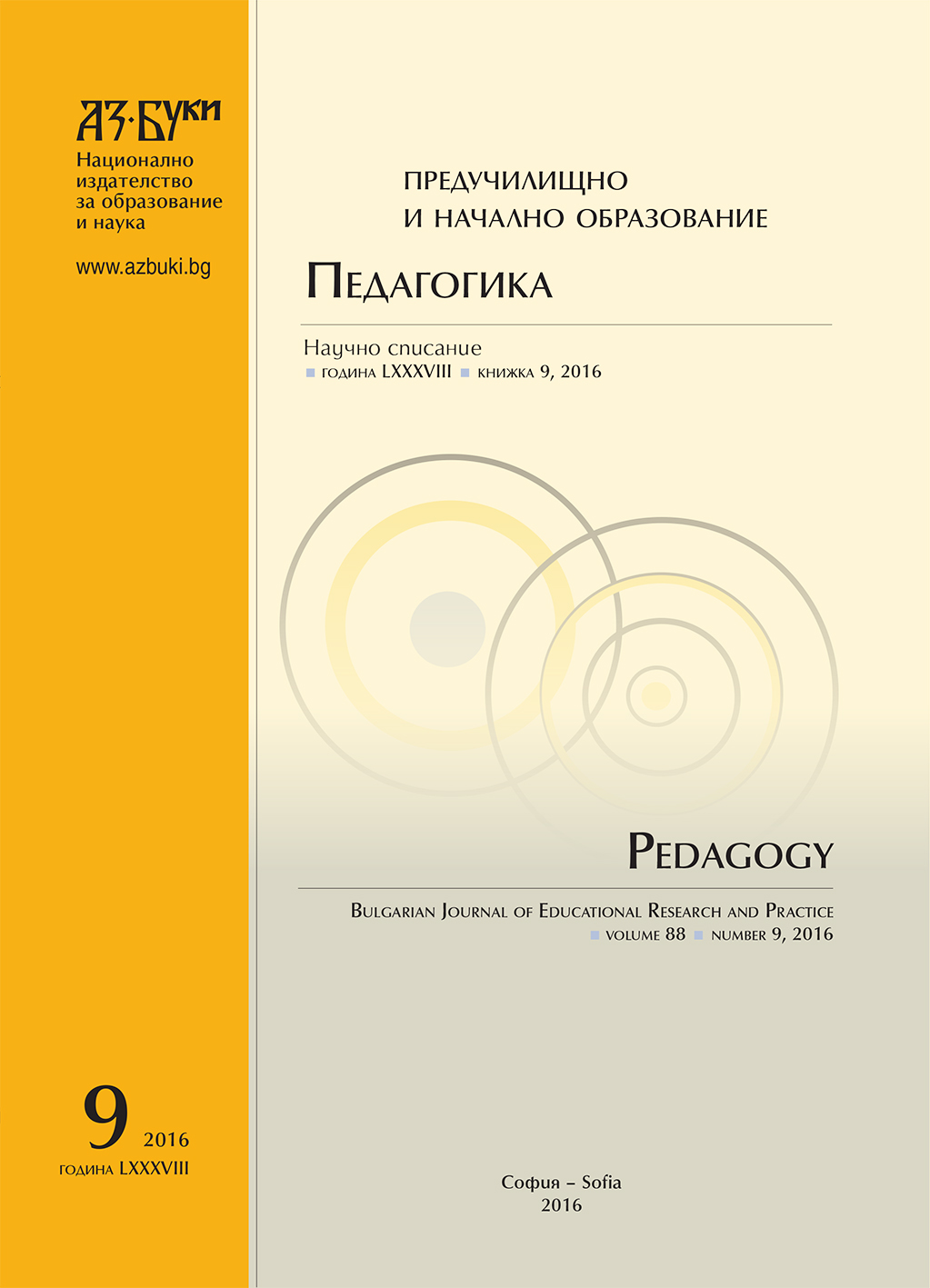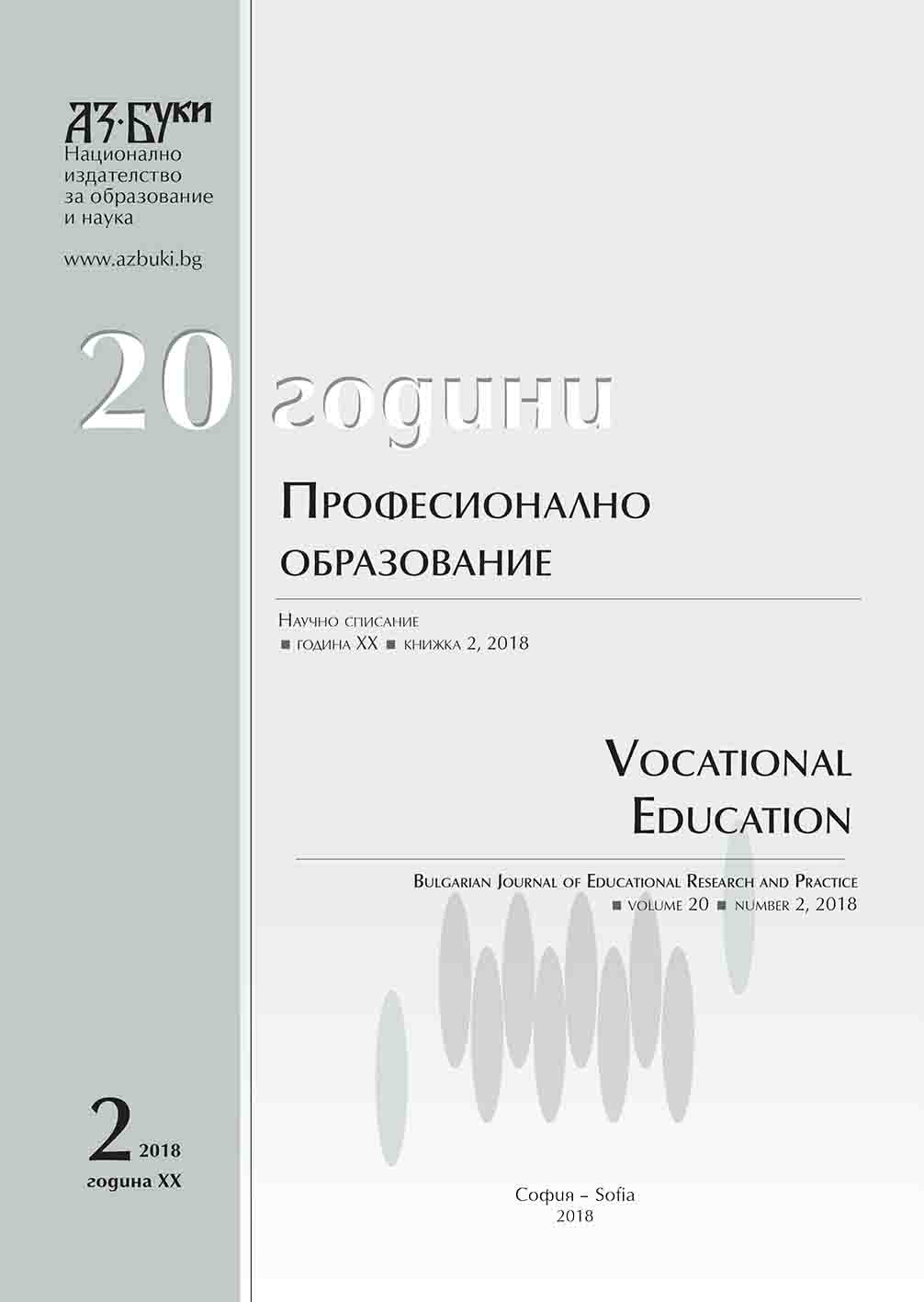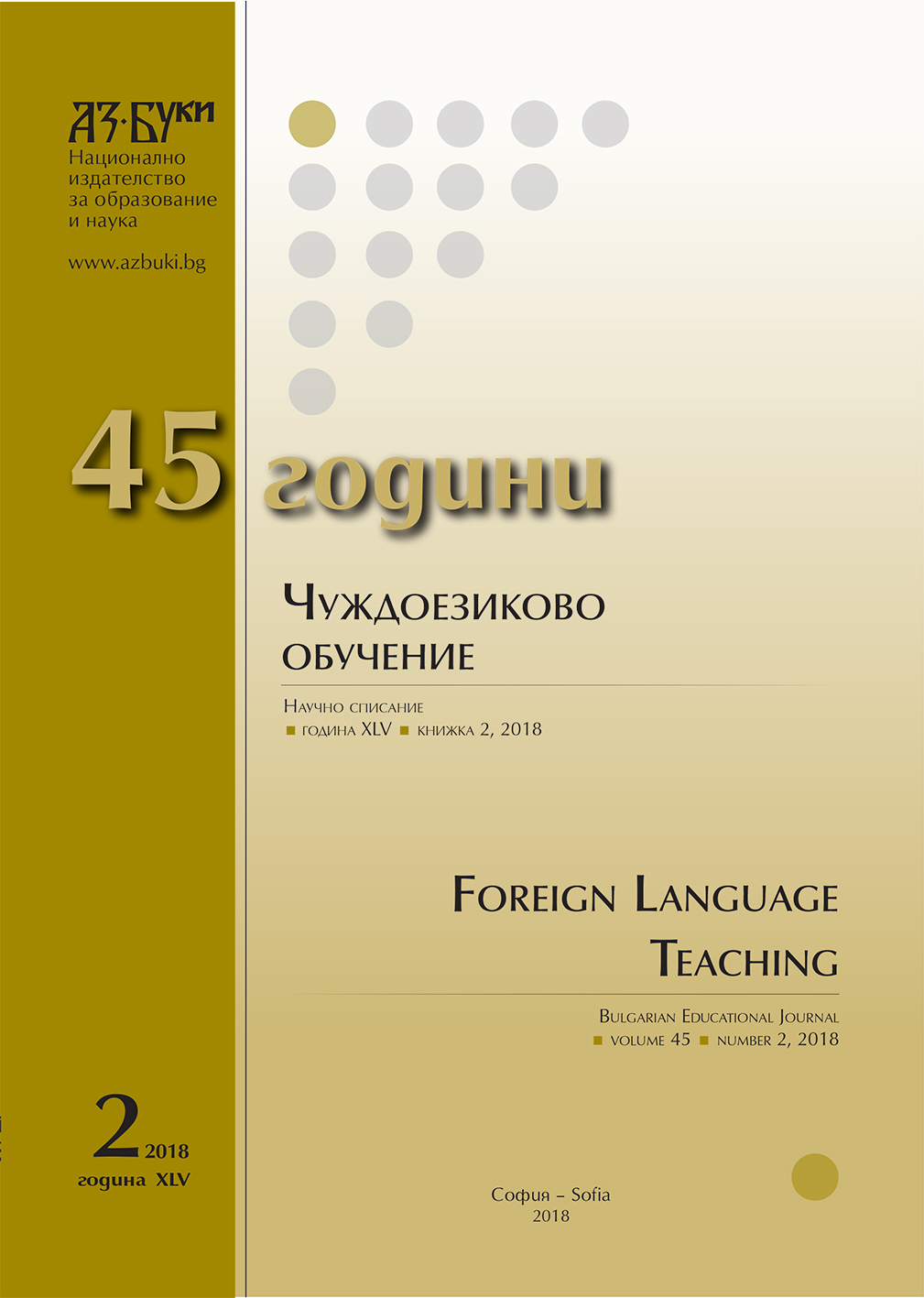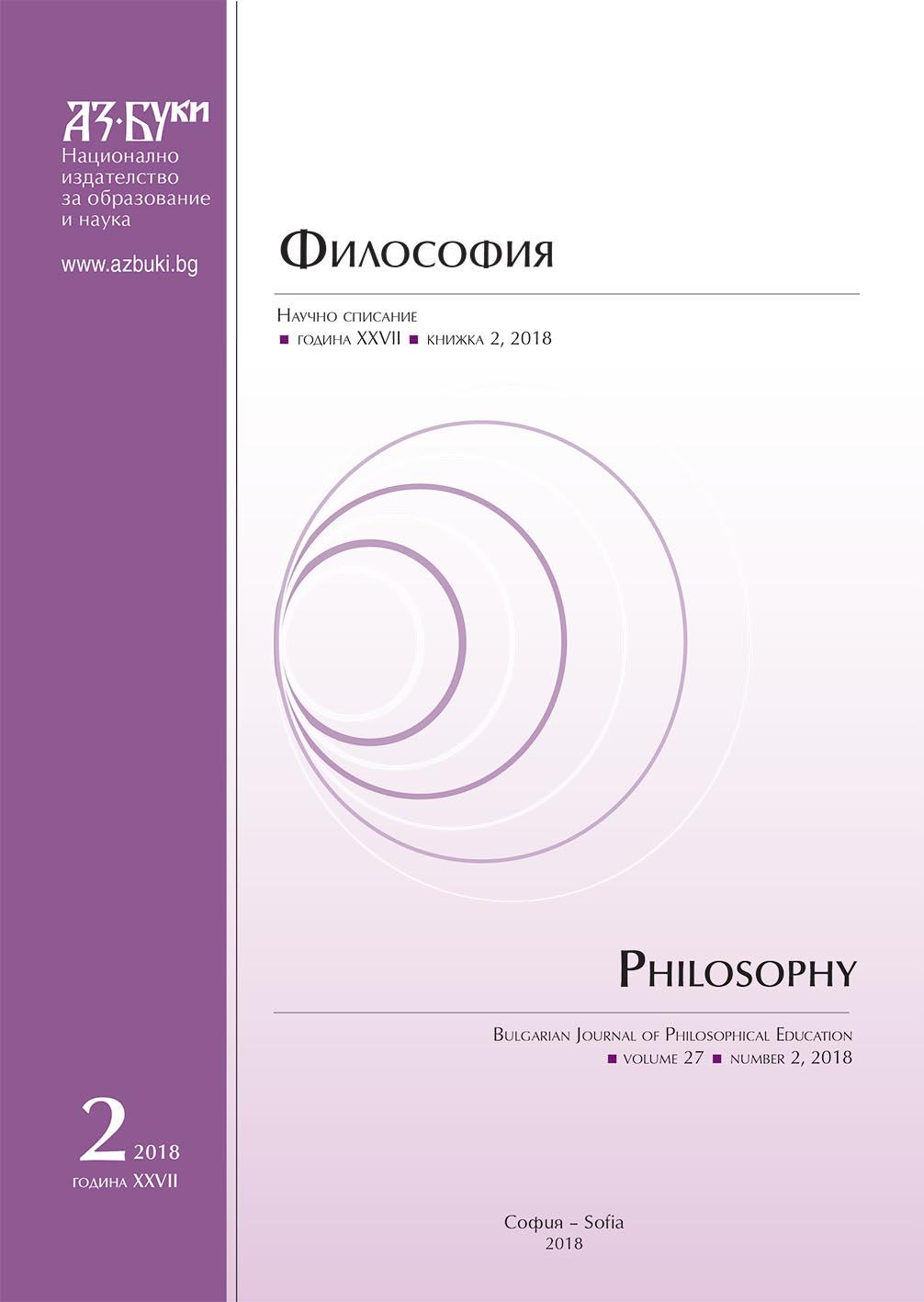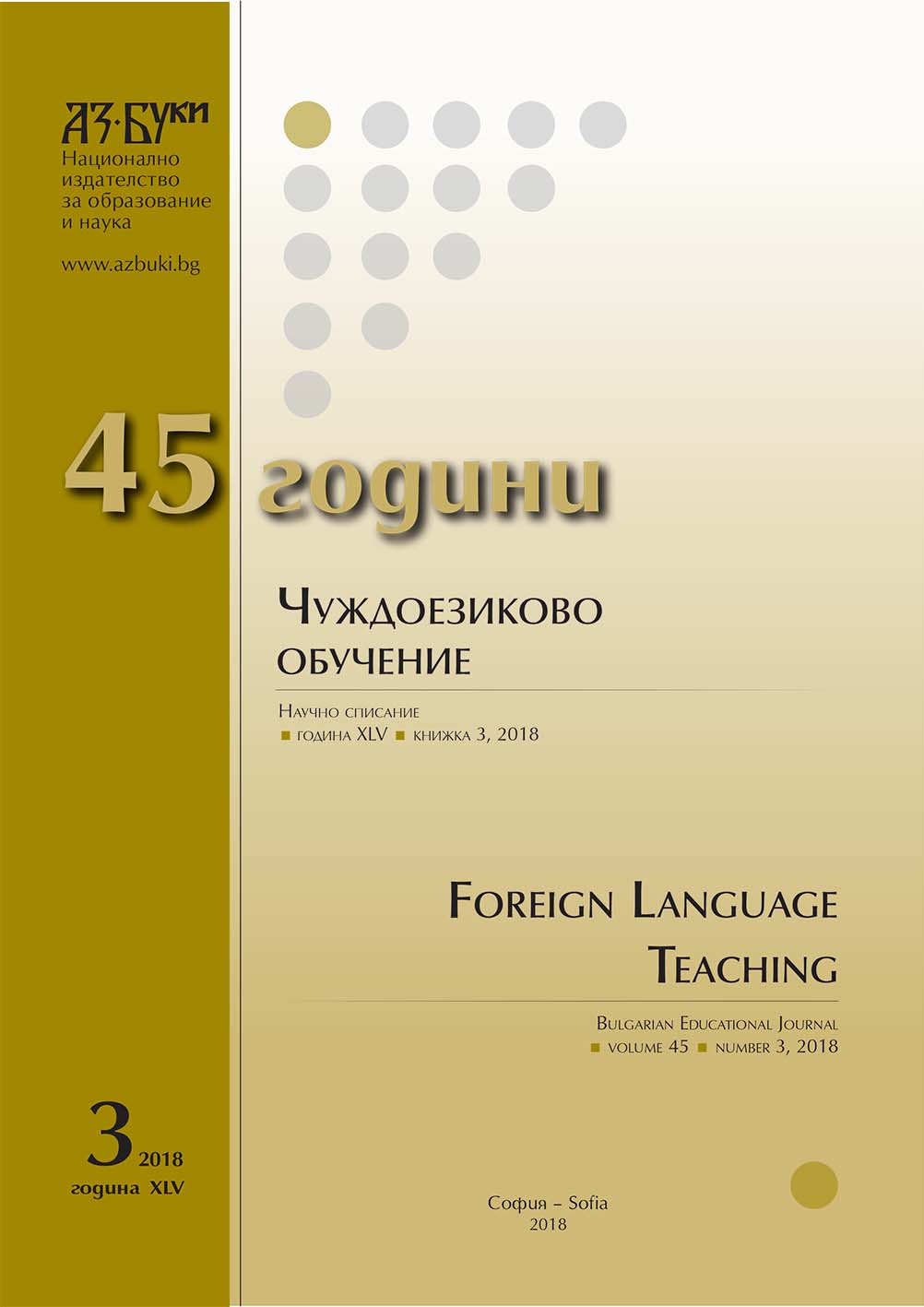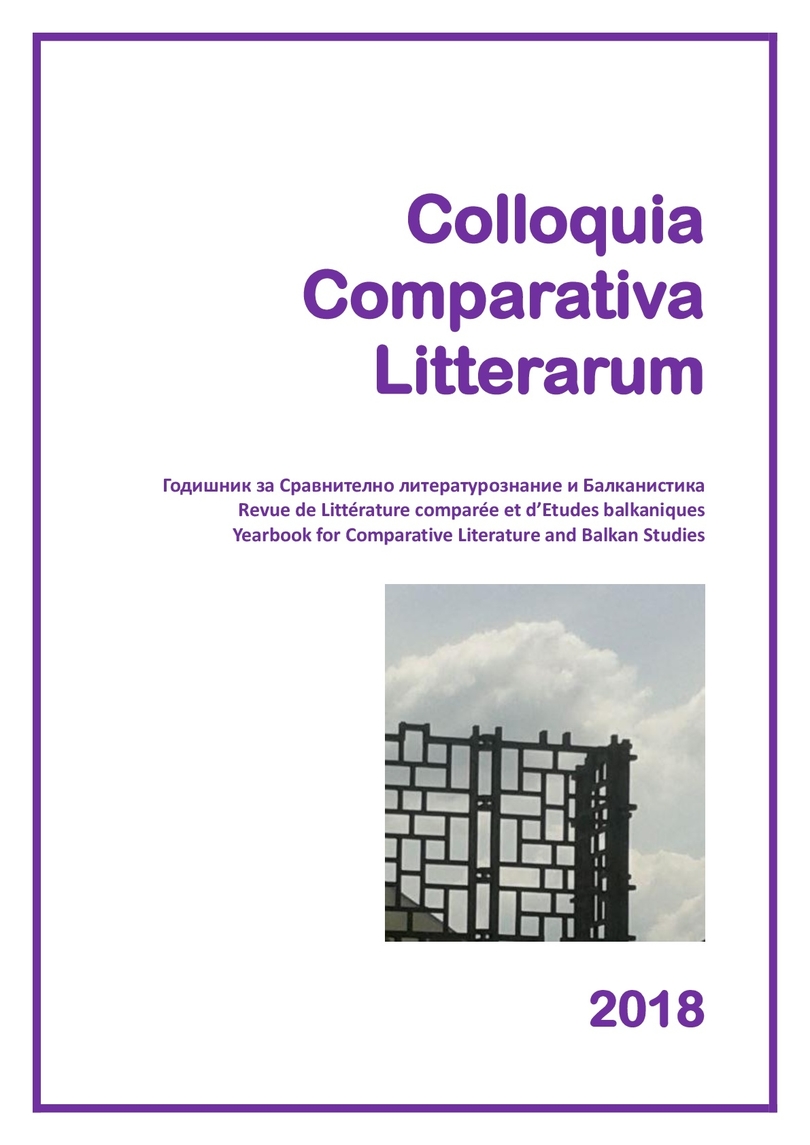Author(s): Vera Gancheva / Language(s): Bulgarian
Issue: 2/2018
The Scandinavian North is first presented as an important and wide space in Europe, comprising five independent countries and self-governing territories belonging to Denmark and Finland. The lecture makes extensive use of the concept of Norden, which has already gained wide popularity, including in Bulgaria, as a way of designating this part of the European continent not just in a geographic sense but, equally, as a signifier denoting the historical and civilizational links between Nordic nations. It emphasizes the complex Nordic identity, which European identity amplifies and lends a specific character to. The reasons for this tremendous interest are explored in detail – weaving them to an extent into a mythological narrative – with the Norden depicted as a corner in the periphery of Europe that has always been actively involved in the historical events that have gone into shaping present-day Europe. A somewhat obscure yet interesting fact is that in 1730 a Nordic scientist, the Carolean Philip Johan von Strahlenberg, suggested the Ural mountain range as the border separating Europe and Asia – a proposition that continues to stand firmly today. However, the lecture explores other important contributions of the Norden to the development of Europe, such as the application of concepts, such as democracy, consensus and egalitarianism in daily, social and political practices, which goes back to the turbulent Viking era (850 – 1060) that brought dynamic changes to most parts of the European continent, broadened the communication paths linking its various parts and engendered an intrinsic and valuable culture resting on a firm foundation of a multitude of European achievements and emulation models. The reasons why Nordic countries consistently come on top in some of the most renowned global rankings for quality of life, innovation, education, healthcare, low levels of corruption, and even happiness are explored. The strongly pronounced attitude of tolerance and aptitude for cooperation, seeking national consensus on the essential issues of social development in all countries in the area, the high value of their reputation and authority in the global arena – jointly and individually – resulting from the consistently pursued policy and ideology of the so-called ‘Middle Way’, of building and nurturing a welfare State, which has proven its capacity to drive economic and cultural progress without remaining static over time but continuing to develop and adapt to contemporary needs and demands, are strongly emphasized.
More...
